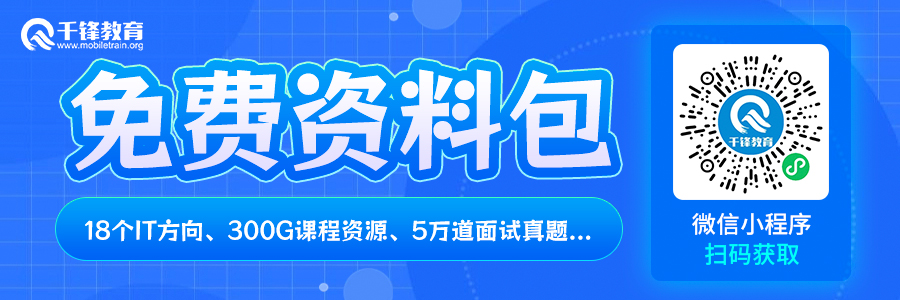Golang的协程机制,如何实现高并发处理?

Introduction

Go is a modern programming language developed by Google that emphasizes simplicity, efficiency, and scalability. One of the key features of Go is its lightweight concurrency model, which is based on the concept of goroutines. In this article, we will take a closer look at how Go's goroutine mechanism works and how it enables high concurrency and parallelism in Go programs.
Goroutines
Goroutines are an essential part of Go's concurrency model. A goroutine is a lightweight thread of execution that runs concurrently with other goroutines within the same address space. Goroutines are similar to threads in other programming languages, but they are much more lightweight and efficient. A typical Go program can easily spawn tens of thousands of goroutines without any performance degradation.
To spawn a new goroutine in Go, you simply call a function using the go keyword. For example, the following code creates a new goroutine that executes the function foo():
func main() { go foo()}When you call a function using the go keyword, Go creates a new goroutine to execute that function. The new goroutine runs concurrently with the rest of your program, and the main goroutine (the one that called the go statement) continues to run its own code.
Channels
Goroutines in Go communicate with each other through channels. A channel is a typed conduit through which you can send and receive values with other goroutines. Channels are a powerful synchronization primitive that enables safe and efficient communication between goroutines.
To create a channel in Go, you use the make() function and specify the type of values that the channel will transmit. For example, the following code creates a channel of integers:
c := make(chan int)You can then use the channel to send and receive values between goroutines. For example, the following code sends the value 10 through the channel and receives it in another goroutine:
func foo(c chan int) { c <- 10}func main() { c := make(chan int) go foo(c) x := <-c fmt.Println(x) // Output: 10}Concurrency
The combination of goroutines and channels enables efficient and safe concurrency in Go programs. Goroutines can run concurrently and independently of each other, which means that you can execute multiple tasks simultaneously without blocking your program.
For example, the following code creates a pool of goroutines that increment a counter variable concurrently:
func worker(id int, counter *int, c chan bool) { for { <-c *counter++ fmt.Printf("Worker %d: Counter = %d\n", id, *counter) c <- true }}func main() { const numWorkers = 10 counter := 0 c := make(chan bool, numWorkers) for i := 0; i < numWorkers; i++ { go worker(i, &counter, c) c <- true } select {}}Conclusion
Go's goroutine and channel mechanism is one of the main reasons why Go is so popular for concurrent and parallel programming. Goroutines are lightweight and efficient, which means that you can create many of them without any performance degradation. Channels provide a powerful synchronization mechanism that enables safe and efficient communication between goroutines. Together, goroutines and channels enable high concurrency and parallelism in Go programs.
以上就是IT培训机构千锋教育提供的相关内容,如果您有web前端培训,鸿蒙开发培训,python培训,linux培训,java培训,UI设计培训等需求,欢迎随时联系千锋教育。









